Gender Swapped Fairy Tales – Book Review
by Karrie Fransman and Jonathan Plackett
Published by Faber & Faber ISBN 9780571360185
Review by Lana Lê
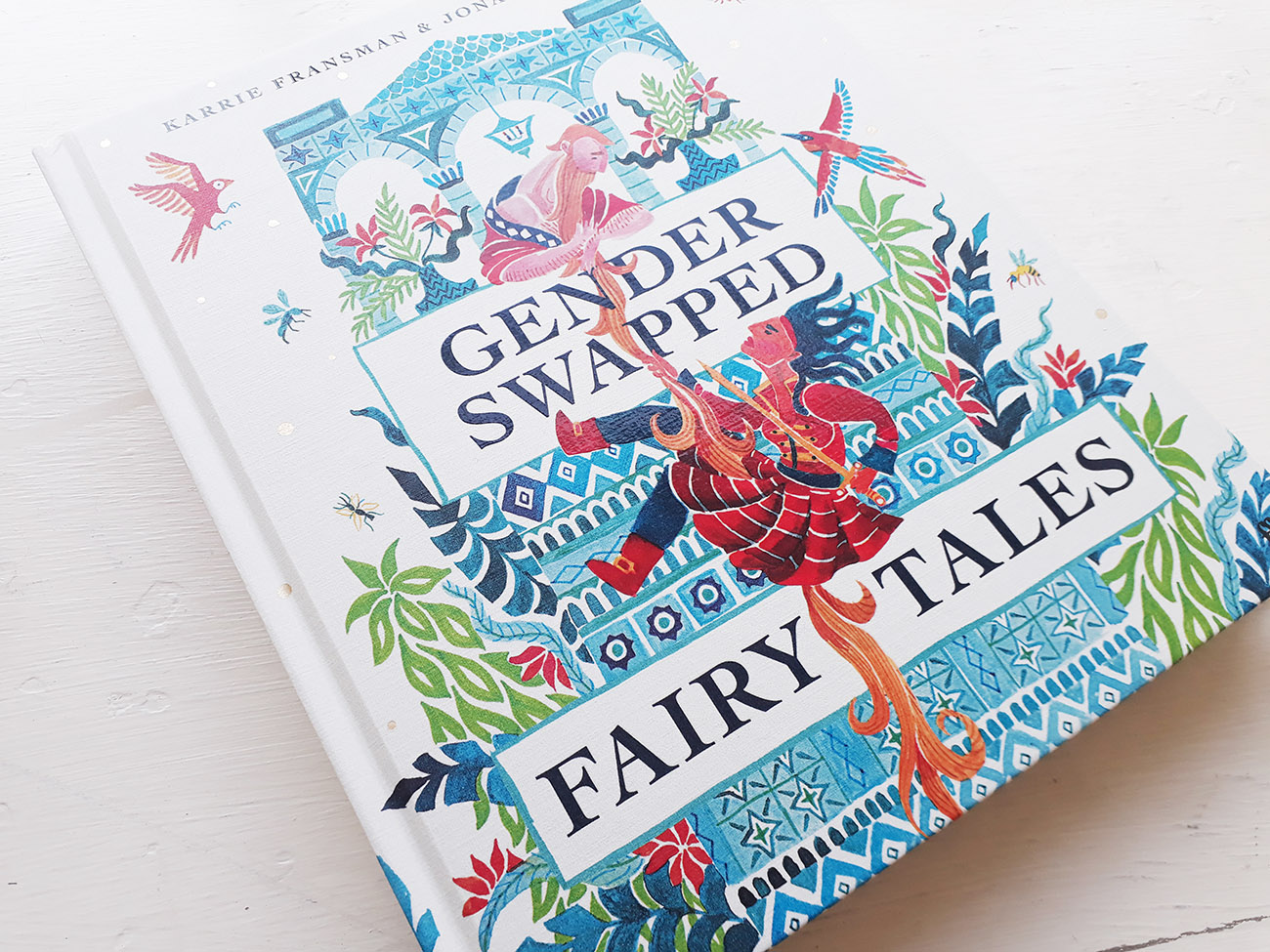
In Gender Swapped Fairy Tales, Karrie Fransman and Jonathan Plackett have given us an ingenious update to these familiar stories. The inspiration came from Jonathan’s father, whom the author recalls secretly changing the genders of characters when reading to him and his sister when they were young. Jonathan, a creative technologist wrote an algorithm that swaps the genders in any text, changing “he” to “she” and “her” to “him,” “princes” to “princesses” and “Beauty” to “Handsome,” and applied it to the classic texts edited by Andrew Lang (published between 1889-1913), including stories collected by the Brothers Grimm.
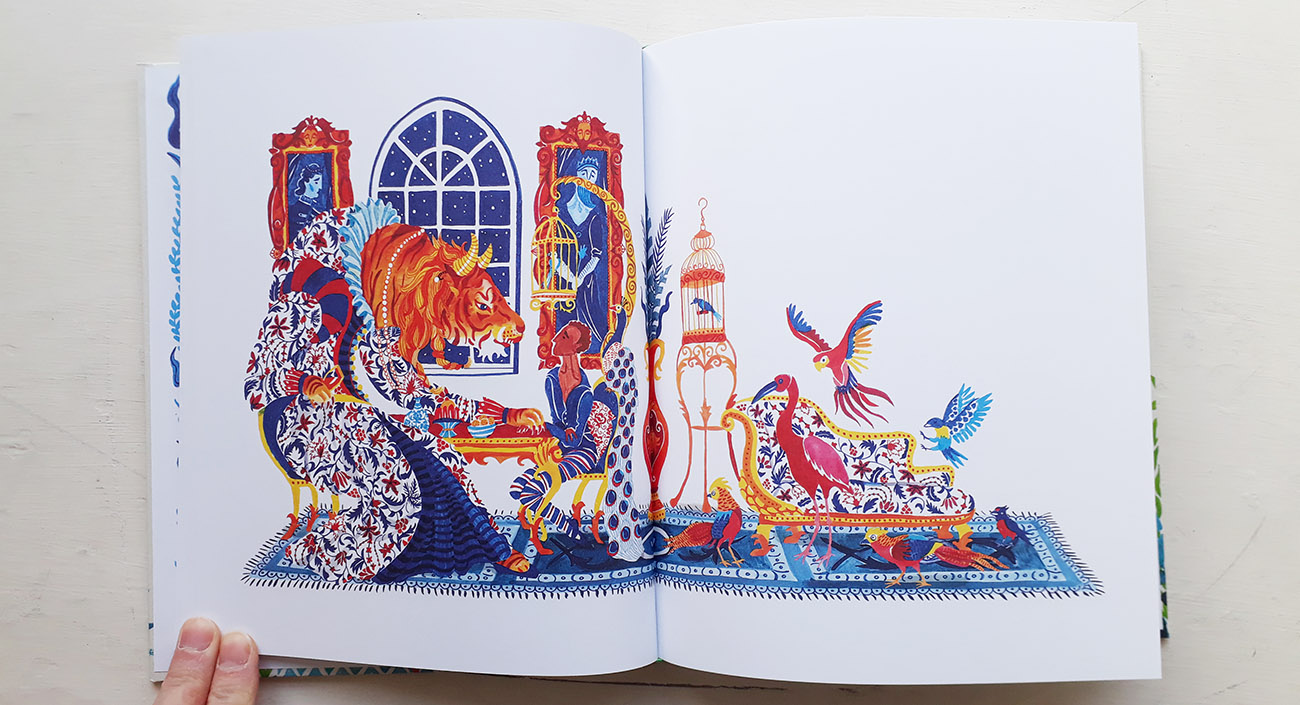
Jonathan and Karrie (husband and wife) have a daughter whom they wanted “to grow up in a world where little girls can be powerful and where little boys can express their vulnerability without anger.” Karrie ponders “can we not also imagine a world where kings want kids and where old women aren’t witches?”
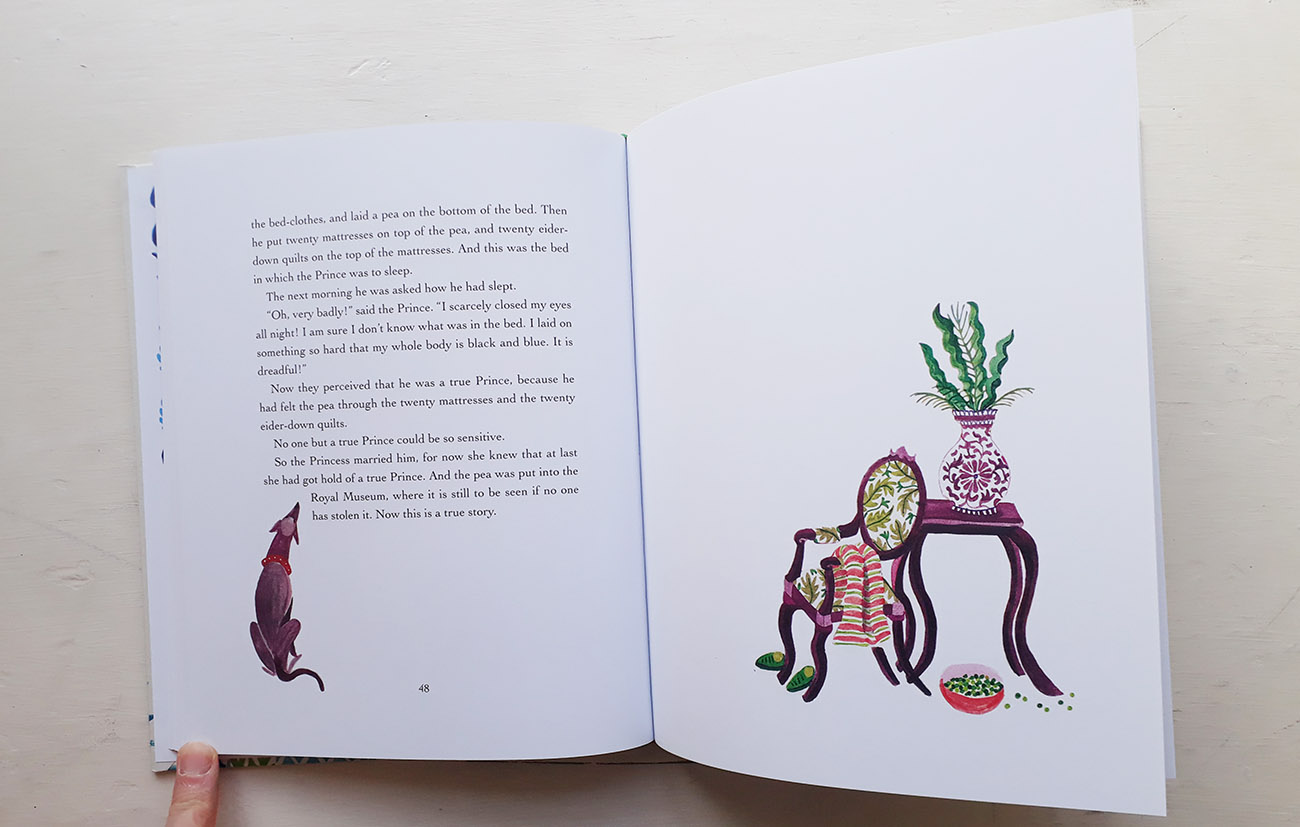
In an age where gender stereotypes are now often being challenged, the authors’ retelling is a welcome collection. When I read the first story, “Handsome and the Beast,” the genders of the characters feel inconsequential at first, until I come to the jobs given to the sons and daughters. The sons are now servants doing housework, and the daughters are working out in the field, which makes one aware of how gender is constructed. While the story is different from the well-known animated version with a singing teapot and dancing candelabra, the genders feel interchangeable – their changes don’t take away from the story’s message of not judging someone by their physical appearance.
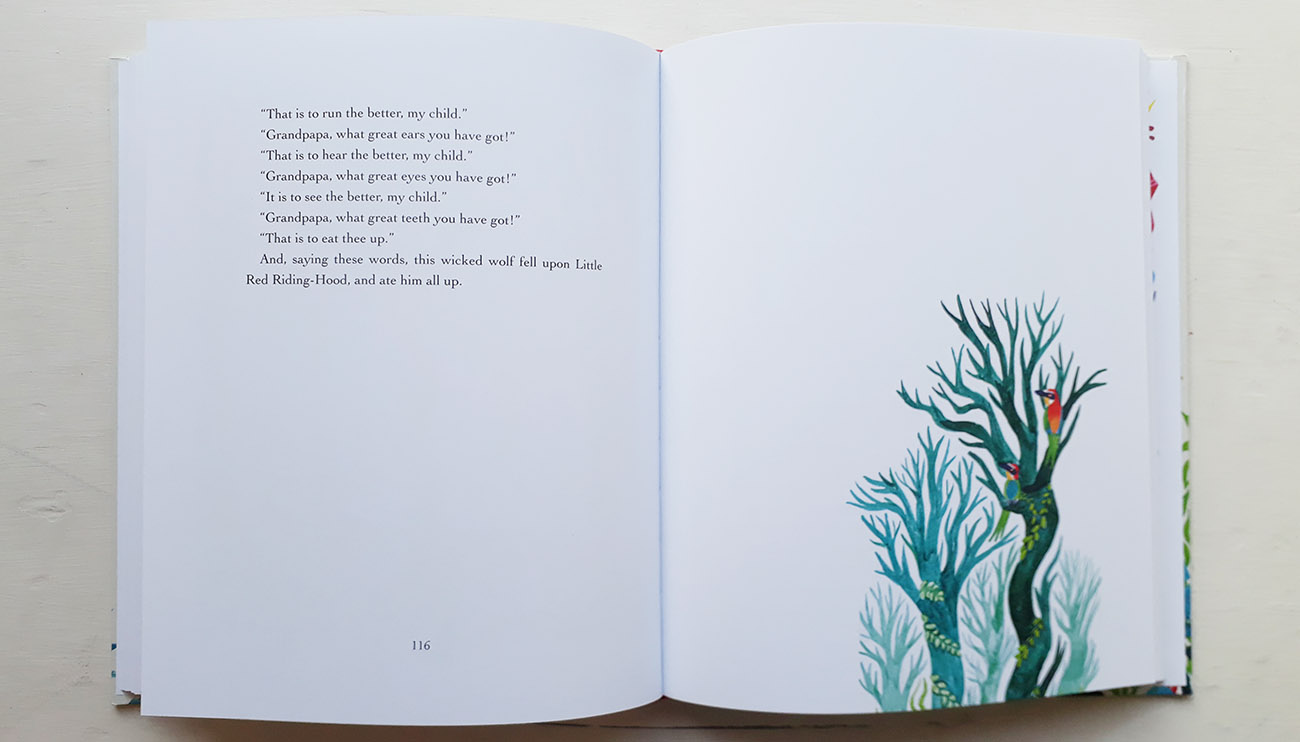
The illustrations by Karrie Fransman, boldly coloured in watercolour and ink, are full of rich detail, like a beautiful gown adorned with jewels and embroidered embellishments. Karrie researched classical paintings of illustrated fairy tales, and used the references as a starting point, “I then began to draw my own gender-swapped versions, paying attention to the new power balance in each image.”
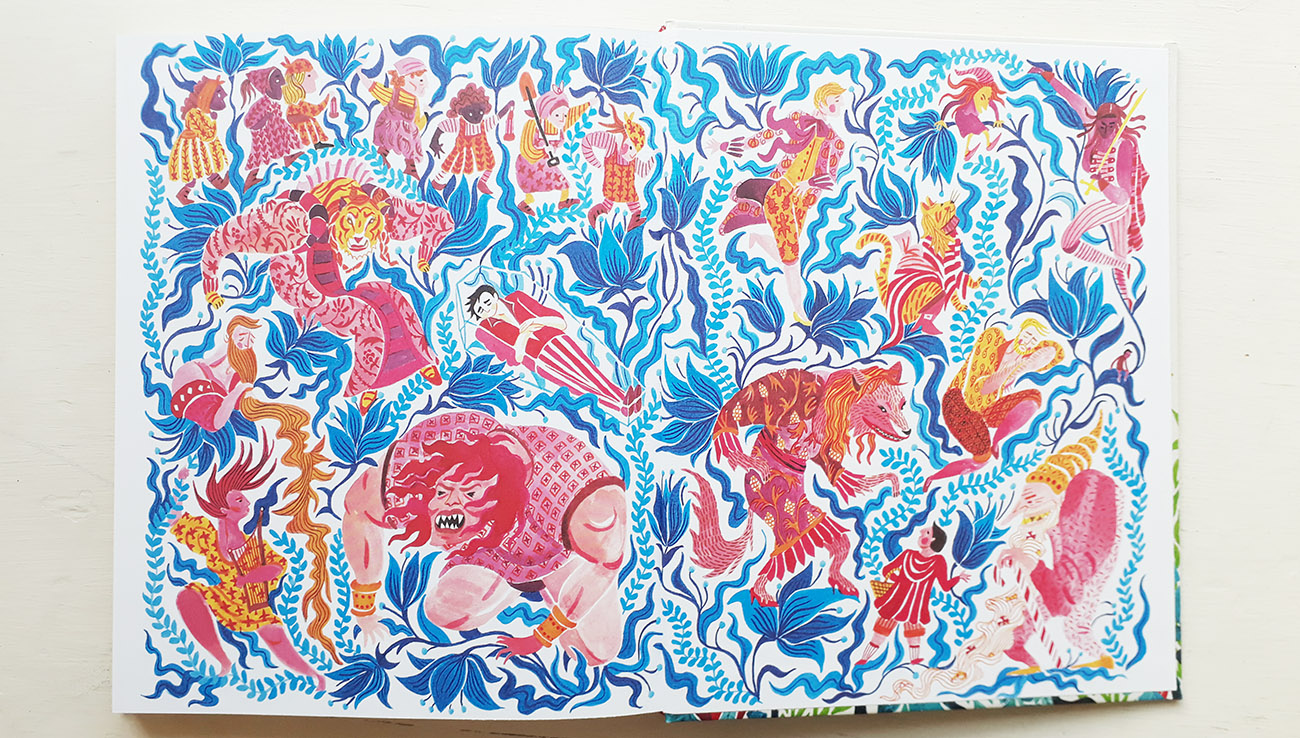
The depiction of characters feels gender-fluid; sometimes the gender isn’t obvious at first glance. For instance, do you recognise that the cover shows the revised “Mr Rapunzel” ? The princess climbing the captive’s beard resembles a warrior, and her stylised hair could be an indigenous-style headdress. She also dons a cropped military jacket and a skirt over trousers and boots. When the characters are animal or creature-like, the gender details such as the pearls on the Beast or longer eyelashes on the Wolf might be missed, but children will notice the bright red heels on Karrie’s Wolf. When Karrie asked her daughter “what animal would you like to be,” her daughter’s reply was “a big, bad wolf!”
If children aren’t familiar with the stories, they won’t question the changes — the author admits that he, himself, had not realised his father had taken liberties. The author’s experiment reveals however, that fairy tales play a role in helping to shape and reinforce societal expectations regarding gender roles at an early age. With more moms working and taking leadership positions whilst fathers are working at home, it’s nice to have a version of fairy tales that better reflects our contemporary life. The authors are also donating print sales to support The Children’s Gender Equality Charity Plan International UK.
Back to News Page
